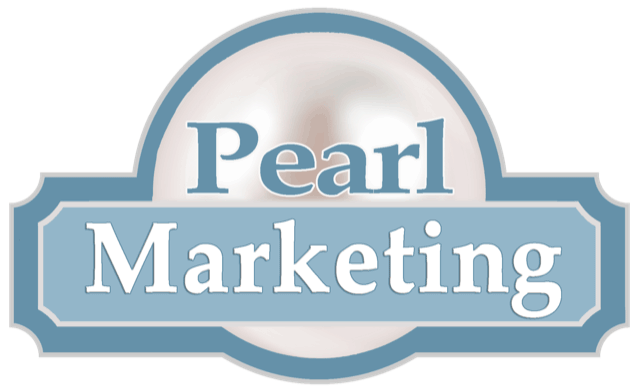We are living in a tech-savvy decade, where smartphones are now a part of society, talking to “Alexa” in finding a solution, drones capturing photos from an aerial view, and much more!
Currently, marketers are able to receive a demographic and a psychographic based on cell-towers, global satellites, and empirical data. Now, innovators are working to collect marketing behavior by the things you touch, including FitBits, Google Glasses, even your stove, and refrigerators!
This newsletter will dive into how marketers will be able to measure demographics and marketing behavior through new tools and how “The Internet of Things” is the next revolution in the relationship between brands and consumers.
What is “The Internet of Things?”


Marketing professionals are able to study relationships between a brand and a consumer. Currently, we can study these behaviors by studying keywords customers are using through search engines, what web pages they are visiting, and which emails they are clicking.
Each year, technology develops further into how buyers personalize with a brand. Consumers will want to personalize their experience where interactions and easy and meaningful to them.
There are an estimated 1.9 billion connected devices today and will grow to 9 billion by next year. Experts believe that there will be more connected devices than users by 2020.
With the Internet of Things growing, companies will be able to collect consumer data and determine the appropriate communication channels that are most effective with each customer.
How Businesses Utilize the IoT’s

Some businesses today are starting the revolution of the Internet of Things. Amazon is taking flight with “Alexa” and Google “Home” is jumping onboard as well.
How does the IoT utilize and impact a business?
Here’s how –
- Data – Businesses will have access to more data than before. Consumers can now interact in new ways with the IoT’s. Smart devices will track and record patterns of consumer behavior. Organizations can learn more from buyers, making intelligent product recommendations and customizing searches in new, innovative ways.
- Inventory Tracking and Management – If you are a business that relies on warehousing, manufacturing, or storage, you probably use remote scanners to keep track of your inventory. In the future of the IoT’s, smart devices should be able to keep tabs on inventory changes completely automatically.
- Speed & Accessibility – Since consumers will access new forms of research and purchasing, the buying cycle will diminish in length. Buyers will be able to find and order exactly the product they are looking for and the demand for delivery will be faster.
- Efficiency and Productivity – Businesses will get more done in less time. The latest and greatest IoT developments will likely allow managers and workers to accomplish large-scale tasks faster and with greater precision, including data analysis and management.
- New Consumer Needs – Buyers want things they didn’t know they wanted before, and they’ll expect more out of every new purchase they make. Consumers will also demand more integration, more efficient tools, and accessories that make their new smart home-enabled lives smoother and more efficient.
- New Staffing Needs – You’ll need experts in IoT technology if you’re going to be successful in integrating these devices into your current procedures, and data analysts if you want to make the best use of the data. These are highly skilled positions but will serve to ensure you get the most out of your new investments.
Source – DeMers, J. (2017, January 11). 7 Ways The Internet Of Things Will Change Businesses In 2017. Retrieved from https://www.forbes.com/sites/jaysondemers/2017/01/11/7-ways-the-internet-of-things-will-change-businesses-in-2017/2/#391ee37f1ab0
Wearable Devices and Smart Appliances

The Internet of Things is quickly adapting to today’s modern technology.
Let’s look at the learning thermostat, Nest. By connecting a thermostat with any laptop, tablet or phone, the Nest learning thermostat can help program straight from the WiFi-enabled device. And to protect information on the cloud, Nest uses a 128-key encryption system, blending security with customer experience.
Another IoT example would be the Fitbit. These wearable devices track your physical activities, including steps walked, sleep quality, stairs climbed, and more.
With these type of devices, marketing professionals can analyze how consumers behave. When a buyer is acting upon the device, it is integrated into data and then processed for analysis.
The IoT’s era is just beginning to expand. Stoves, Televisions, Kindles, and Car’s will soon be collecting consumer data by how they interact with a certain product through the internet.
Visit Pearl Marketing & Design for all your marketing needs!





















